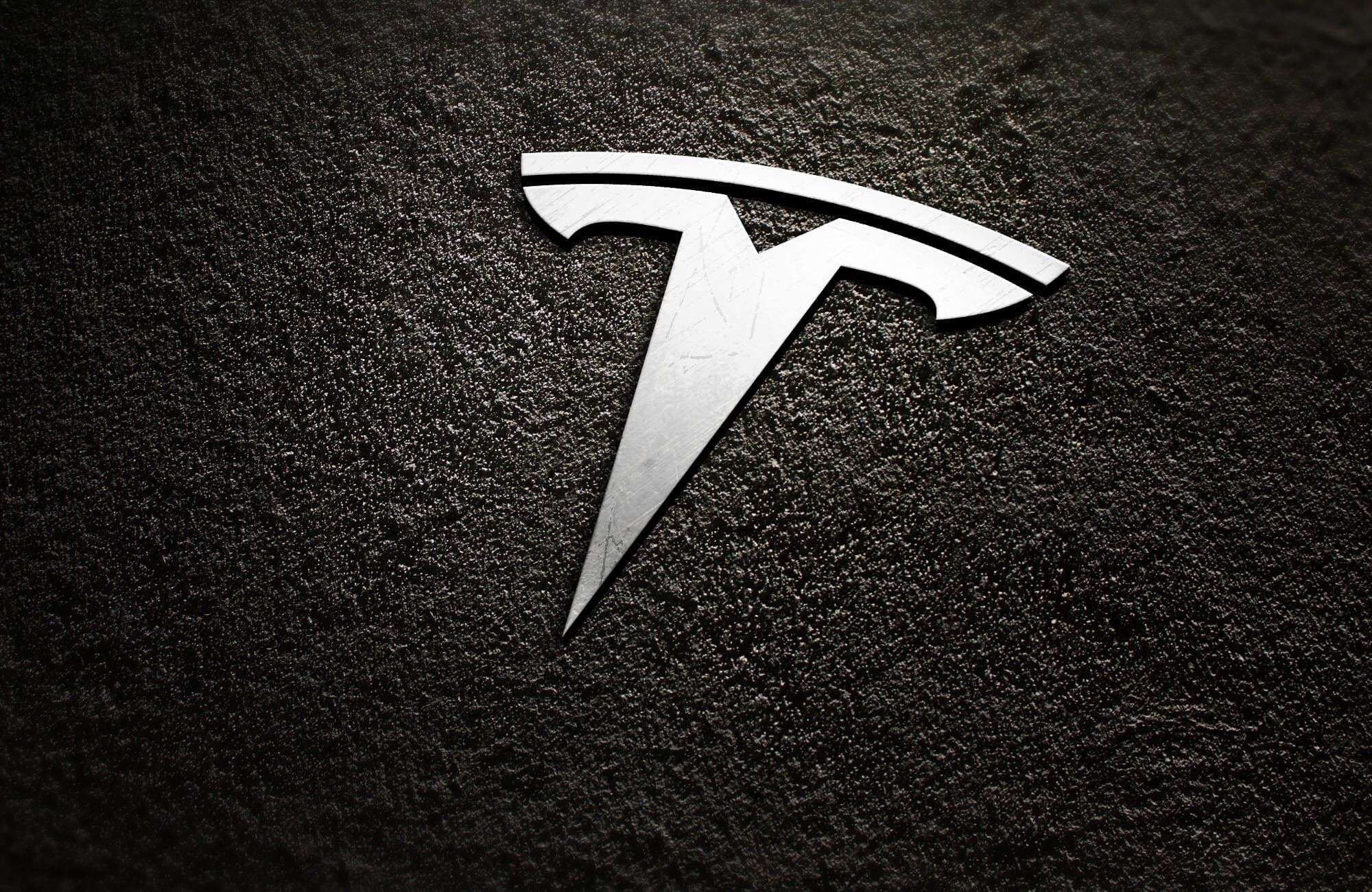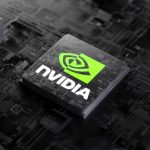Stocks completed another week around record highs as the latest jobs report revealed a slowing US labor market, but not at a rate that experts are concerned about.
The Nasdaq Composite (^IXIC) increased by 2.3%, while the S&P 500 (^GSPC) increased by approximately 1.3%. The Dow Jones Industrial Average (DJI) gained roughly 0.3%.
The highlights of the week are the Federal Reserve’s June meeting and a critical inflation report on Wednesday. The first report of June consumer sentiment is also due on Friday.
In corporate news, Nvidia’s (NVDA) 10-for-1 stock split and Apple’s (AAPL) Worldwide Developers Conference are scheduled for Monday. Tesla (TSLA) CEO Elon Musk’s $56 billion pay package is set to be voted on on Thursday.
Meanwhile, erratic fluctuations in GameStop stock (GME) have piqued investor interest, as Keith Gill, a prominent leader of the 2021 meme stock frenzy, has returned.
The Fed, inflation, and the trajectory of interest rates
Friday’s May jobs report revealed more job growth than projected, adding to Federal Reserve officials’ common narrative that the labor market is strong enough to sustain interest rates at their current levels. Economists believe that the latest report simply highlights the Fed’s need to see inflation fall lower before cutting interest rates.
“Policymakers will need to see a few slower inflation reports over the summer in order to start cutting rates by the fall,” said Wells Fargo senior economist Sarah House in a research note on Friday.
The May Consumer Price Index (CPI) is scheduled to be released on Wednesday morning, providing the next inflation data. Wall Street expects the headline CPI, which includes food and energy prices, to rise 3.4% annually, unchanged from April. Prices are expected to rise 0.1% month over month, down from 0.3% in April.
On a “core” basis, which excludes volatile food and energy costs, inflation is estimated to have risen 3.5% year on year, down from the 3.6% increase observed in April. The monthly core price increase is predicted to be 0.3%, unchanged from the previous month.
The report will come just hours before the Fed’s latest policy decision, which is widely expected to keep interest rates steady. This shifts the focus to the Fed’s most recent Summary of Economic Projections (SEP) — particularly its “dot plot,” which depicts officials’ projections for future interest rate movements — as well as Fed Chair Jerome Powell’s commentary.
According to JPMorgan’s top US economist, Michael Feroli, the Fed’s dot plot predicts a median of two interest rate decreases this year, down from three in March. Feroli believes Powell’s presser will be interpreted as “dovish.”
“At the press conference, we expect Chair Powell will express confidence that the economy is still on the right path and that the FOMC can be patient in gaining confidence that inflation is heading toward two percent,” Feroli stated in a client note on Friday.
Fewer cuts are not a problem
Prior to Friday’s jobs report, the market expected two rate cuts this year. According to Bloomberg, that figure fluctuated between one and two following the release.
Despite a 15-basis-point increase in the 10-year Treasury yield (TNX) to 4.43%, the S&P 500 finished near a new high on Friday, indicating investor optimism.
Lauren Goodwin, economist and chief market strategist at New York Life Investments, told Yahoo Finance that this could be because the stronger-than-expected jobs report is positive news for the economy and “markets have been very focused on growth.”
She said that given the strong earnings outlook for the rest of the year and the economy’s healthy growth track, markets can take the Fed repricing “in stride.”
WWDC by Apple
Apple’s Worldwide Developers Conference begins on Monday, with investors expecting further information on the tech giant’s drive into generative AI.
Following a bumpy start to the year, the stock has risen by more than 7% in the month leading up to the event and has lately turned positive for the year.
More NVIDIA stock
Nvidia shares will begin trading on Monday following a new 10-for-1 split, bringing the stock price down from $1,208.88 on Friday to $120.88. The split implies that as of Thursday’s market close, owners of Nvidia common stock received 10 shares for every share they owned. For example, if a shareholder owned four Nvidia shares as of Thursday, they would suddenly control 40 shares after the split.
Investors often perceive stock splits as a sign of strength, and as a result, companies that split their stock beat the S&P 500 in the year after their announcement.
According to Bank of America’s data, stocks climb 25% on average in the 12 months after the announcement of their split, compared to an average return of 12% for the S&P 500 in the same time frame. This holds true “across market regimes,” according to BofA investment and ETF analyst Jared Woodard in a client letter.
Notably, the trend extends from 2000 to 2009, coinciding with the unwinding of the technology bubble. Since Nvidia announced its split on May 22, shares have increased by around 27%.
Musk’s finances
Tesla’s annual shareholder meeting is scheduled for after the market closes on Thursday, with the most pressing topic being a shareholder vote on CEO Elon Musk’s proposed $56 billion pay package.
Morgan Stanley analyst Adam Jonas has recommended investors to pay close attention to the vote because it will have “significance to the long-term strategic direction of the company.”
He continued, “While impossible to predict the outcome, we expect the event could potentially drive material volatility in TSLA shares.”
In a study of 109 investors, Morgan Stanley discovered that most believe that approving Musk’s pay deal will boost Tesla shares, whereas a vote against it will hurt the stock. Tesla’s stock was down nearly 30% this year when it entered the meeting.
Shayne Heffernan









